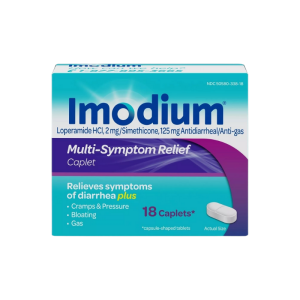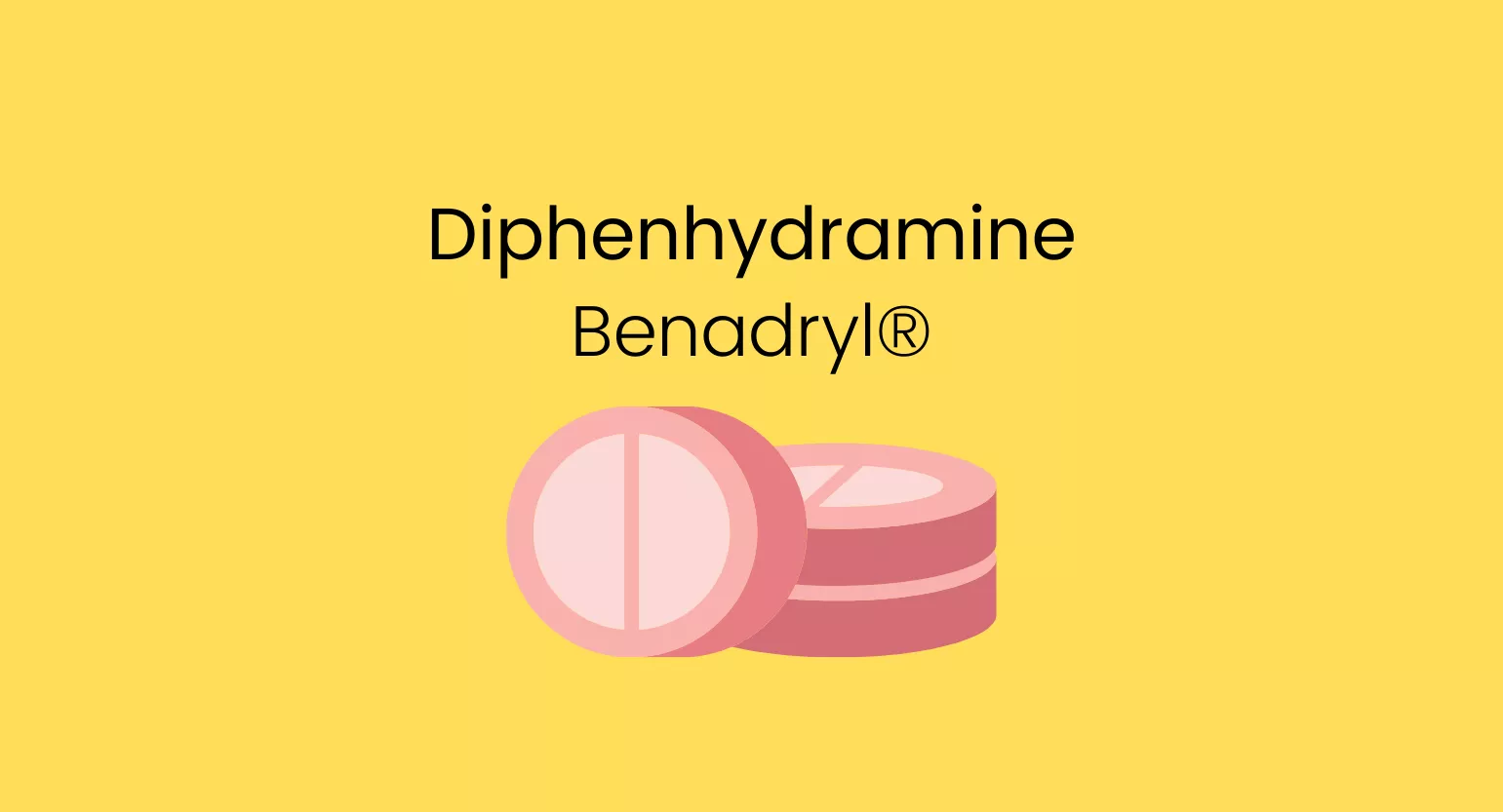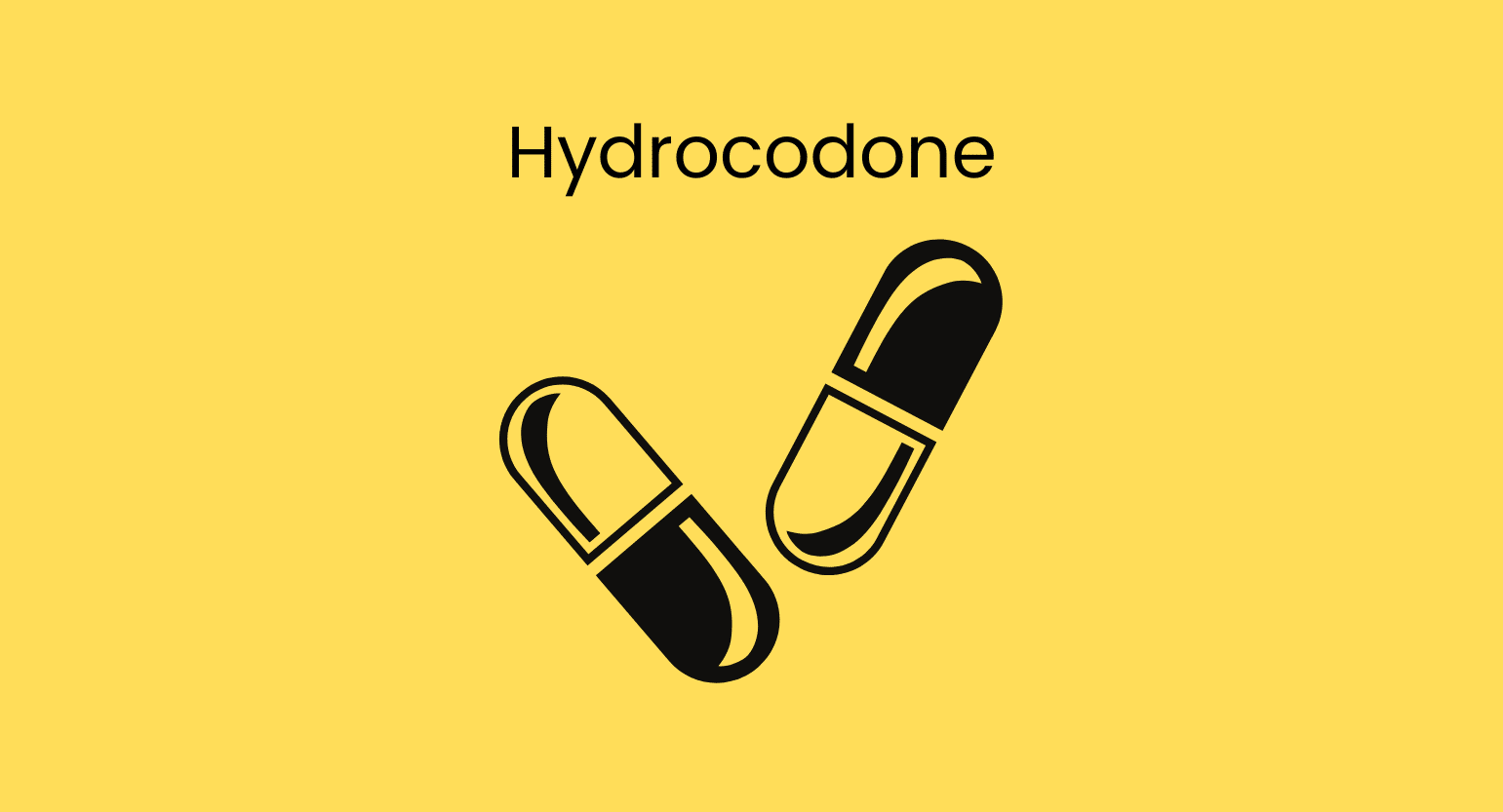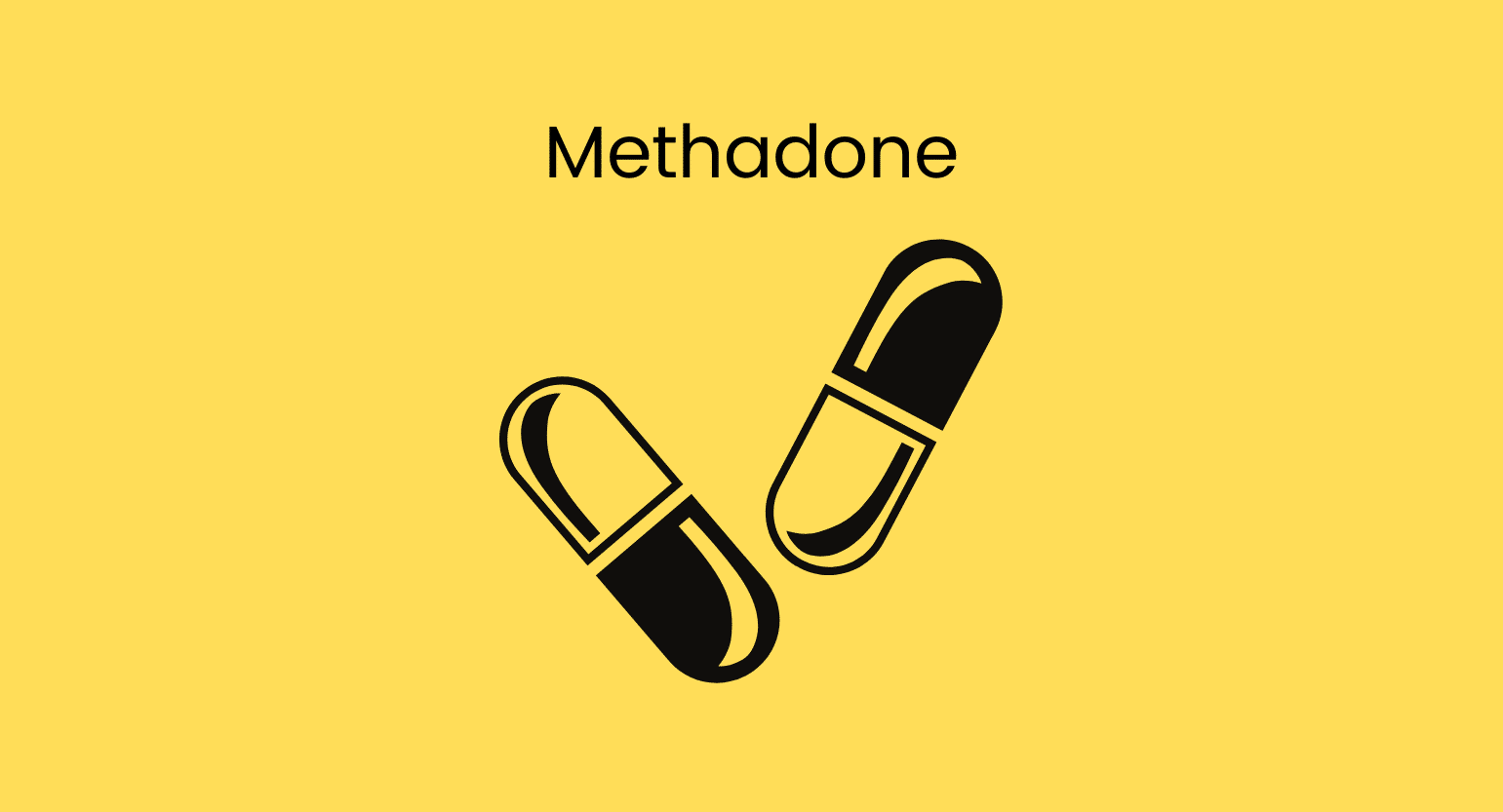Does Kratom Interact With Loperamide (Imodium)?
Technically, loperamide (Imodium) is a synthetic opioid.
It works by affecting opioid receptors in the gastrointestinal tract. However, it is designed to minimize the typical effects of opioid receptor interaction because of its low oral absorption and inability to cross the blood-brain barrier [1].
This means that in terms of its effects, it has little to no interaction with kratom. Loperamide does not have any psychoactive effects if used properly.
Nevertheless, in terms of metabolism, loperamide is processed by the cytochrome P450 (CYP) system, specifically by the CYP3A4 enzyme [2].
The metabolism of mitragynine —one of the main active alkaloids in kratom — is mainly carried out through the CYP3A4 too, with minor contributions by CYP2D6 and CYP2C9 [4].
This means that taking kratom and loperamide and the same time may inhibit the proper metabolism of loperamide, leading to its increased concentration in the body.
The build-up of loperamide in the body could increase the risk of adverse effects.

Loperamide Specs:
| Drug Name | Loperamide |
| Trade Name | Imodium |
| Other Names | Diamode, Maalox, Imotil |
| Classification | Anti-diarrheal agent |
| CYP Metabolism | CYP3A4 |
| Interaction With Kratom | Metabolic competition |
| Risk of Interaction | Low to moderate |
Is It Safe to Take Kratom With Loperamide (Imodium)?
Kratom and loperamide (Imodium) are both relatively safe compounds when taken responsibly.
As we’ve seen, kratom can compete with loperamide to bind with the CYP liver enzymes, leading to an increased risk of adverse effects.
Still, the risk is minimal if you don’t regularly mix the two compounds and use loperamide according to the directions.
The risks are relatively low if you’re a daily kratom user and decide to take loperamide for the day. However, the risk may be higher if you have a chronic condition and must take loperamide every day.
Additionally, people have been taking excessive doses of loperamide to ward off opioid withdrawal symptoms and achieve euphoric effects [3]. You should never take loperamide in this fashion or mix it with kratom when ingested in high doses.
What is Loperamide (Imodium)?
Loperamide (Imodium) is an orally-ingested medication used to lessen bouts of diarrhea. It falls under the class of medicines known as anti-diarrheal agents [5].
It’s frequently used by those who suffer from frequent intestinal problems or chronic intestinal conditions such as inflammatory bowel syndrome, short bowel syndrome, and Crohn’s disease.
Loperamide works by slowing down gut activity, decreasing diarrhea incidence, and making the stool firmer.
Loperamide is on the WHO’s list of essential medicines.
What Is Loperamide (Imodium) Used for?
Loperamide is used to control acute diarrhea. Prescription loperamide can also reduce the amount of fluid caused by ileostomy surgery.
It is important to note that loperamide does not treat the causes of these conditions, only the symptoms related to the gut activity.
Loperamide can cause adverse reactions in children under two years of age. Consult your doctor before giving loperamide to your child.
Also, don’t take loperamide if there is blood in your stool; this often means other intestinal problems at work.
Generic & Brand Name Versions
Loperamide is sold under the following brand names:
- Diamode
- Imodium
- Imodium A-D
- Imogen
- Imotil
- Imperim
- Kaodene A-D
- Kao-Paverin Caps

What Are the Side Effects of Loperamide (Imodium)?
Loperamide may bring on these side effects [5]:
- Abdominal cramps
- Constipation
- Dizziness
- Gas
- Headaches
- Nausea
More severe side effects can include:
- Necrotizing enterocolitis
- Other ventricular arrhythmias
- QT/QTc interval prolongation
- Stevens-Johnson syndrome
- Syncope
- Torsades de pointes
- Toxic epidermal necrolysis
- Toxic megacolon
- Ventricular tachycardia
Recently, loperamide abuse has increased as more people attempt to treat opioid withdrawals. Over-ingestion to achieve euphoric effects has also been noted. Large amounts cause loperamide to cross the blood-brain barrier, causing typical opioid effects and can lead to death.
Also see: Can Kratom Help Relieve Opioid Withdrawal Symptoms?
What Is Kratom?
Kratom (Mitragyna speciosa) is an all-natural plant native to Southeast Asia. Local indigenous peoples have used kratom as medicine for centuries to aid them in their daily tasks. Now, the western hemisphere is finally noticing the plant’s many benefits.
Kratom’s effects are due to the many plant-based alkaloids it contains. These compounds interact with the opioid receptors in the body’s central nervous system to produce various effects.
Nevertheless, despite its many favorable properties, kratom can be addictive and potentially cause withdrawal symptoms, though this is rare when dosage guidelines are adequately followed.

What Is Kratom Used for?
Kratom is mainly used in two ways: as a stimulant and nootropic supplement or as an analgesic, anxiolytic treatment for numerous ailments.
The stimulant and nootropic benefits of kratom are best when consumed at a low dose. Users report kratom can help them achieve more euphoric moods and aid them in attaining sustained focus and overall enhanced mental energy.
The anti-anxiety and pain-relief benefits of kratom are stimulated best at middle to high doses.
It is an excellent option for chronic pain conditions. Kratom is usually a far safer choice than pharmacological options, which have a higher chance of causing dependence and adverse effects.
What’s the Dose of Kratom?
It’s essential to get your kratom dosage right if you want to have a targeted kratom experience.
However, you should always remember that formulaic dosage recommendations are never precise. Everyone’s bodies are different, and there are always many complicating factors like body mass and level of consumption.
With that said, kratom’s dosage recommendations are usually the following:
- Low dose: 1-5 g
- Medium dose: 5-10 g
- High dose: 10-15 g
Remember: low doses are best taken for the stimulant and nootropic effects of the kratom plant, while medium to high is best for analgesic and anxiolytic benefits.
Related: Can You Overdose on Kratom?
What Are the Side Effects of Kratom?
Kratom, like almost all drugs, has the potential to cause side effects, including:
- Constipation
- Dizziness
- Headaches
- Insomnia
- Itchiness in the skin
- Loss of muscle coordination
- Low blood pressure
- Low libido
- Nausea
- Poor appetite
- Seizures
- Tremors
Additionally, the opiate-like properties of kratom can cause physical and mental dependence symptoms.
Be sure to consume kratom responsibly and take tolerance breaks from time to time to minimize this risk.

What Are the Different Types of Kratom?
Kratom comes in an assortment of different strains.
The leaf’s vein color sorts kratom strains. Even though all strains have roughly the same effects, each strain emphasizes different elements of the kratom plant more prominently.

White Vein Kratom
White vein kratom strains are energetic and mind-based.
This means white-veined strains are best for the stimulant and nootropic benefits of the kratom plant. These strains are very popular with those who don’t like the taste of coffee. It also seems to be a favorite among those with creative jobs.

Red Vein Kratom
Red-veined kratom is the optimal strain for dealing with chronic pain conditions and anxiety. It promotes analgesic effects and an all-around calm and sedative-like state.
These are the effects usually associated with a higher dose of kratom, which makes the red-veined strains perfect for those looking for these specific benefits without the high doses.

Green Vein Kratom
Green vein kratom is the middle point between white and red kratom strains.
It carries a good balance of the benefits found in both, making it the best strain for those who want to experience the full suite of the kratom plant’s effects.

Yellow Vein Kratom
Yellow vein kratom is a mixture of white and red, making it very similar to the green kratom strains.
However, yellow-veined kratom is milder than green-veined strains. This makes yellow vein kratom an excellent choice for beginners.

Key Takeaways: Is It Safe to Mix Kratom & Loperamide (Imodium)?
In most circumstances, mixing loperamide (Imodium) and kratom will not cause severe side effects.
When it comes to their effects on the body, interaction is minimal unless an abnormal amount of loperamide is ingested. This is almost for its euphoric effects. Do not consume loperamide in this fashion.
The biggest problem with mixing these compounds is the inhibitory effect of kratom on loperamide’s metabolism. However, this is most likely a minor concern for most people, as very few individuals take loperamide daily.
Nevertheless, suppose you suffer from a chronic condition and must ingest loperamide daily. In that case, you might want to consider the consequences of a loperamide build-up due to kratom use.
Call your doctor and ask about the possible repercussions and the safest way to consume kratom if this is your situation.
- Alyautdin, R. N., Petrov, V. E., Langer, K., Berthold, A., Kharkevich, D. A., & Kreuter, J. (1997). Delivery of loperamide across the blood-brain barrier with polysorbate 80-coated polybutylcyanoacrylate nanoparticles. Pharmaceutical research, 14(3), 325-328.
- Baker, D. E. (2007). Loperamide: a pharmacological review. Reviews in gastroenterological disorders, 7, S11-8.
- Miller, H., Panahi, L., Tapia, D., Tran, A., & Bowman, J. D. (2017). Loperamide misuse and abuse. Journal of the American Pharmacists Association, 57(2), S45-S50.
- Kamble, S. H., Sharma, A., King, T. I., León, F., McCurdy, C. R., & Avery, B. A. (2019). Metabolite profiling and identification of enzymes responsible for the metabolism of mitragynine, the major alkaloid of Mitragyna speciosa (kratom). Xenobiotica, 49(11), 1279-1288.
- Sahi, N., Nguyen, R., & Santos, C. (2022). Loperamide. In StatPearls [Internet]. StatPearls Publishing.









